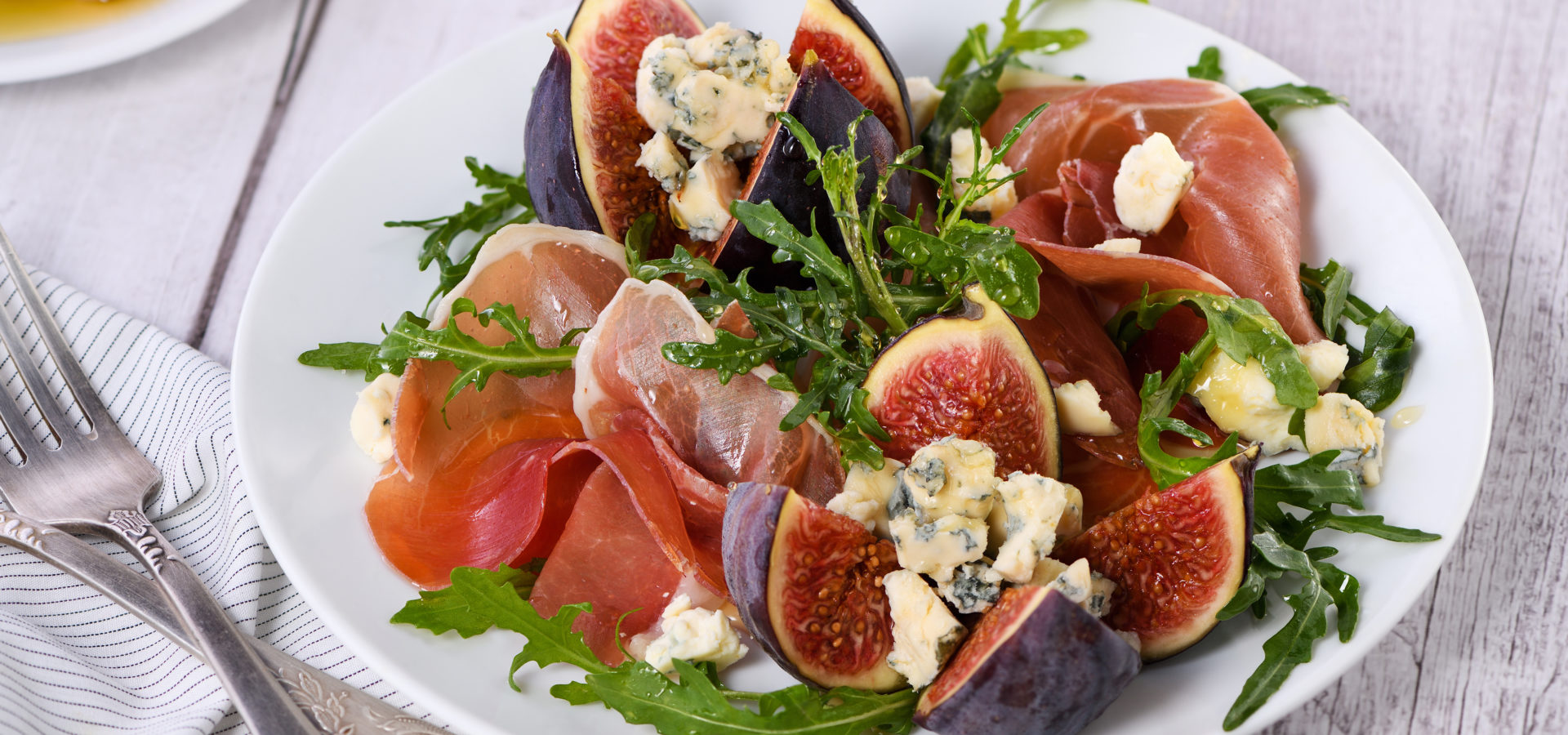Restrictive diets don’t always mean you’ll be leaving behind all your favorite foods, but it will mean you need to understand the dos and don’ts of what a new diet entails. Lots of medical disorders and diseases are addressed by the adoption of diet restrictions before other kinds of treatment are called into play. With a diagnosis of Celiac’s Disease, a thyroid disease, plus some other autoimmune disorders, a gluten-free diet is often the first recommendation.
Like any diet, going gluten-free means you likely have to stay away from some of your favorite foods. Pining for your favorite bread or pasta dish might leave you feeling some level of despair, but if you visit your favorite grocer, you might be relieved to see all that you can enjoy.
Whether you’re new to a gluten-free diet or you have been following it for awhile, you’ll find it easier to stay on track if you understand the dos and don’ts. Let’s start with the basics, like what gluten actually is and how to spot a gluten-free cheese.
What is gluten?
Simply put, gluten is an ingredient in grains that some people can’t tolerate. More specifically, gluten is a sticky glue-like protein in grains that gives food texture and elasticity. In foods like bread and cereal, gluten makes the bread rise and the cereal’s texture more satisfying.
At first glance, you might assume cutting out gluten means avoiding all foods made with grains. However, you’ll find that gluten appears in the sneakiest places. Condiments, packaged foods like soups, and even beverages can hide gluten. It seems counterintuitive that a protein found in grains would appear in foods not containing grains — but it happens.
Because of its unique properties, gluten is sometimes added to foods during processing as a thickening or texturizing agent, which can make navigating the gluten-free diet a bit tricky.
Is the dairy aisle a gluten-free zone?
Many dairy items are simply produced and have very few ingredients. For example, eggs and milk are generally gluten-free, as little production happens during manufacturing.
But not everything in the dairy aisle is produced simply, which is why it’s important to understand the ingredients and read packaging. In general, dairy products that are produced with all-natural ingredients are typically gluten-free.
Is cheese gluten-free?
Cheese can mostly be considered gluten-free, if it’s a natural non-processed cheese. For example, cheese spreads or dips may have gluten as an ingredient to help provide the food’s smooth texture, and therefore would be on the “don’t” list. As with any diet that has improved health at its core, the general rule is that the more minimally processed a food is, the better fit it is for your diet.
Gluten-free Cheese DON’Ts
It’s always wise to read labels when following a gluten-free diet. These cheeses are often ones that do contain gluten, so that makes them a don’t for your diet.
- American cheese
- Cheese spreads
- Cottage Cheese
- Ricotta Cheese
- Flavored Cheeses (the flavoring process may allow for cross-contamination or ingredients used that contain gluten)
Gluten-free Cheese DOs
The good news is, some of the most delicious and versatile cheeses are on the gluten-free list! Below is a sampling of these cheeses and ways you can enjoy them in a gluten-free diet:
- Asiago: perfect grated on salads or grilled veggies
- Romano: a crumbly sharp cheese, perfect on a cheeseboard
- Fontal: a smooth and creamy cheese that makes a sauce perfect for any dish
- Pecorino Romano: pairs well with fruit and lends a flavorful finish when grated on baked or roasted meats
You will find some brands, like Cello cheese, are always gluten-free, so look for these cheeses and always read labels to be sure.
Gluten-free Cheese MAYBEs
There are a few gray areas when it comes to gluten-free cheeses.
- Shredded cheese: Grated or shredded cheeses are convenient for cooking, but some are made with dustings and additives that contain gluten. Either do the grating or shredding work yourself, or look for Cello grated cheeses like Grana Padano, Pecorino Romano, and Parmesan that are all produced gluten-free and will save you time in the kitchen.
- Snacking cheese: if you crave a cheese stick or love to dip veggies in creamy cheese dips, be sure to read the packaging. Gluten can often be found in both cheese sticks and dips, so be sure to double-check. Cello Snack Packs, delectable cheeses paired with dried fruits and nuts that are gluten-free and perfect for on-the-go, are a great option.
Whether snacking, cooking, or entertaining, navigating a gluten-free diet can be made easier when you see it’s not about pining for the don’ts, but embracing the dos!
Head to your nearest grocery store that carries Cello so you can stock up on your favorite gluten-free cheeses.
P.S. Planning a post-pandemic party? Use our eBook as a guide for putting together the perfect cheeseboard, and add lots of gluten-free options so everyone can enjoy.





